Recently I worked with client on the autism spectrum who received A-and B’s on his papers at his traditional high school. In his papers his vocabulary was redundant, he had little sentence variety, and at times the content of his papers mirrored, the model provided so closely that it had little original thought. This student had a writing tutor who helped. He used a range of programs including “Visualizing and Verbalizing” by Linda Mood Bell, but he still had difficulty with semantics, word meaning, syntax, grammar, and vocabulary.
With the tutor many of the correct areas were targeted for remediation, but progress was slow and the student took on little of his own learning. His tutor gave him word list and organizers, but he owned little of what he needed to succeed.
After looking at his work from the tutor, I told the student that we would be working on many of the same skills that he had previously worked on with the tutor. The difference would be that we would not move on until he had achieved mastery. I also explained that I expected him to start taking responsibility for his own learning. This meant that I expected him to bring his own word list and organizer once we decided on which ones he would use. In addition, I expected him to pull them out independently when we started to do writing activities. We began our work. I asked him if working with me was different than working with his writing tutor. This is what he said to me, “When I went to my writing tutor he gave me worksheets from a book and I did them, but when I come here we talk about how to choose words and why I might want to use one word instead of another and that helps me.” This statement really characterizes the difference between speech-language therapy and tutoring, speech language therapy provides individualized instruction which targets the specific deficit areas.

